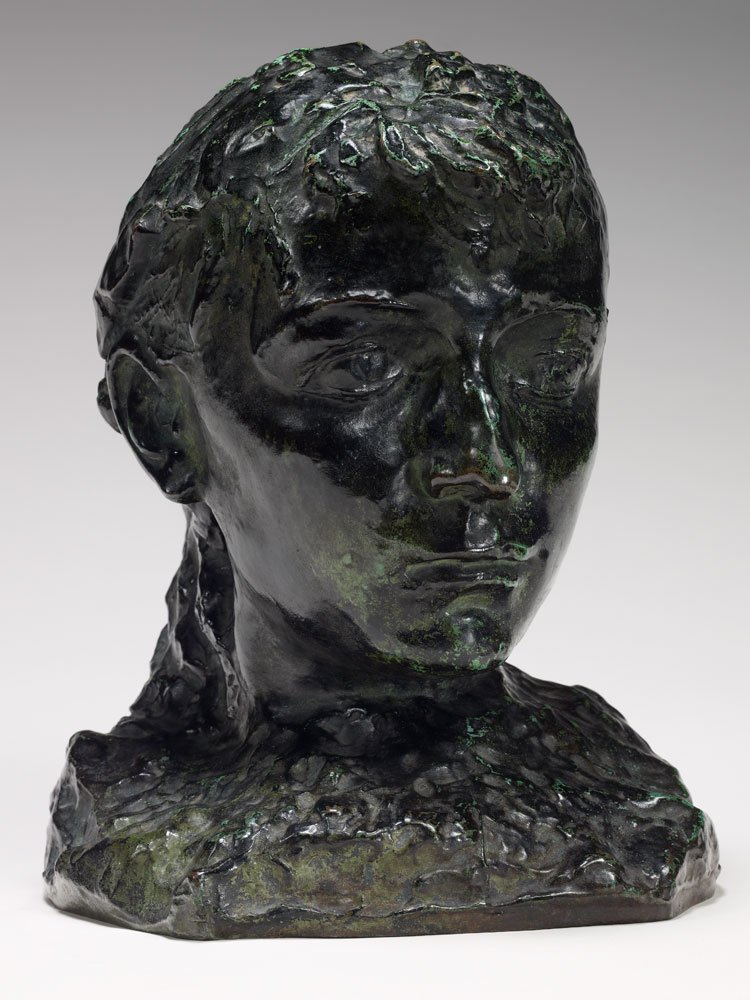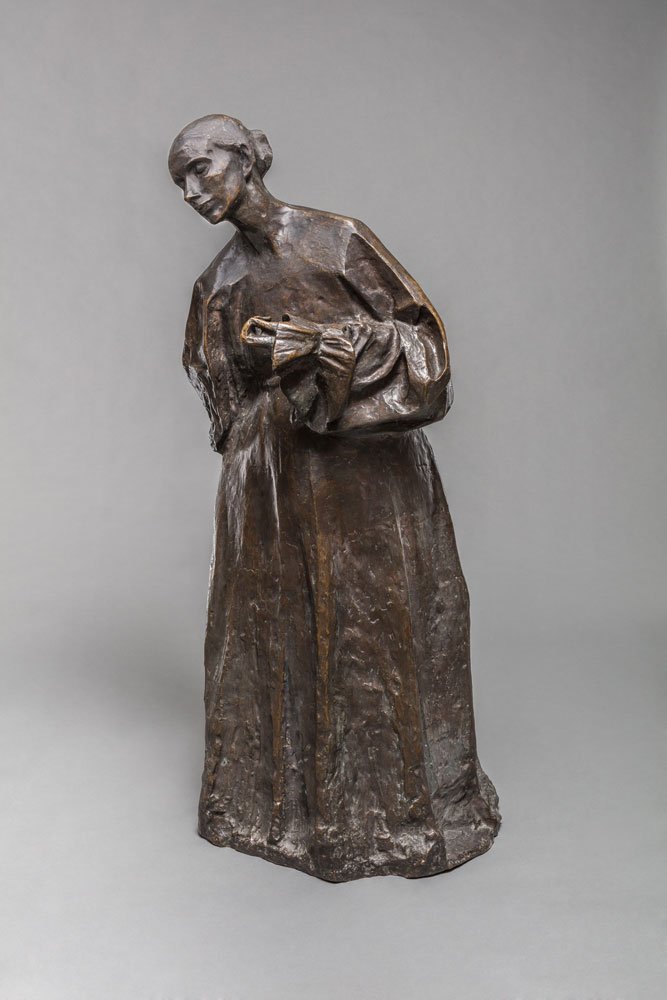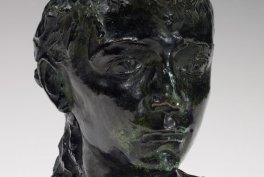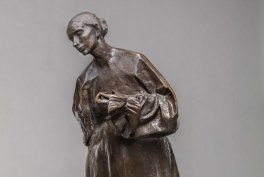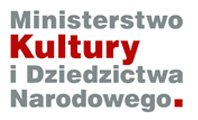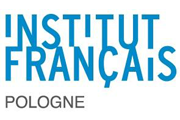MNK The Szołayski
pl. Szczepański 9, 31-011 Kraków- Monday: closed
- Tuesday: 10.00-18.00
- Wednesday - Sunday: 10.00-16.00
Information and reservations on weekdays 9 a.m.- 4 p.m.
Director of the National Museum in Krakow
Deputy Director for Scientific Activities
Deputy Director for for Exhibition Activities
Deputy Director for Strategy and Communications
Deputy director for the Management
Chief Accountant
Chief Cataloguer of the National Museum in Krakow
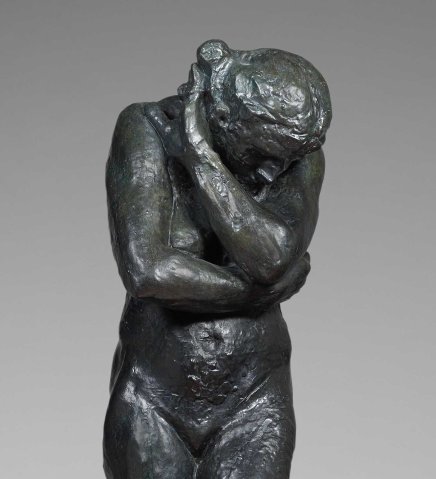
The exhibition on display in the Szołayski House will constitute an attempt to confront the works of two outstanding personalities: the French sculpture master Auguste Rodin and the Polish artist Xawery Dunikowski. We will present 76 objects: paintings, sculptures and drawings, all of which depict women. As many as 30 works will be transferred from the Musée Rodin in Paris.
The art of Auguste Rodin (1840-1917) pushed reflections upon sculpture into another dimension and into new era. The sculptor, using his thorough knowledge of human anatomy and psychology, mastered the skill of expressing a rich variety of feelings and human soul. According to Rodin, it was mostly the body, its dynamics, pose and tension that conveyed the emotional states. This approach was ground-breaking in the history of sculpture and fundamentally separated it from the previous era. Xawery Dunikowski (1875–1964) claimed that "it was only Rodin who unveiled nature to the French and its relation to the existence. There is life in his sculptures". In Dunikowski’s early works, a certain fixation on the French master’s oeuvre is evident. Even though the artist himself never admitted to have been inspired with the Frenchman’s works, he nevertheless highly estimated them: "In my view, the greatest contemporary sculptor is Auguste Rodin. He created a synthesis of figurative and spatial thinking, antique art and the art
of Michelangelo, the impressionist breath and the realistic confinement of man to earth".
Dunikowski, one generation younger, underwent formation in Rodin’s orbit. Konstanty Laszczka, his teacher at the School of Fine Arts in Krakow, directly passed on to him the fundamental ideas of the French sculptor. When Dunikowski arrived in Paris in 1914, he must have had many an opportunity to see Rodin’s works. We know of no documents or memoirs which would confirm that the artist got to know Rodin personally during his residency in Paris. The thought seems very probable anyway.
An influence of Rodin upon Dunikowski is obvious while the Polish sculptor does not imitate Rodin’s manner, instead making use of the latter’s achievements in forming his own artistic personality. Dunikowski and Rodin were separated by more than an era. However, we can observe a lot of similarities in their lives, a similar approach towards their artistic creation that formed the approach towards themselves, a narcissist exclusive focus on their own needs and aspirations. Both were aware of the uniqueness of their talents and personalities, and understood their art as a mission, a vocation, one dare say, almost priesthood. According to Rodin, "art is a kind of religion".
Both in Rodin’s and Dunikowski’s art, the most often depicted figure is that of woman. Their view on woman, the manner they depicted gestures and emotions and selected the themes carries a lot of analogies. Rodin admired women as perfect forms of nature and strived to reveal their primordial, erotic power. Dunikowski, inclined to naturalism and symbolism, depicted in sculpture the forces of nature embodied by women. In official portraits, often made on commission, or intimate ones of persons with whom the artists were emotionally close, it is evident that woman was the greatest source of inspiration for both sculptors.
Auguste Rodin, Xawery Dunikowski, the Szołayski House, sculpture
